The high-flying experiment could shed new light on some of the biggest mysteries in physics.
NASA’s Cold Atom Laboratory will create the coldest spot in the universe to study the weird quantum behavior of atoms at ultra-cold temperatures.
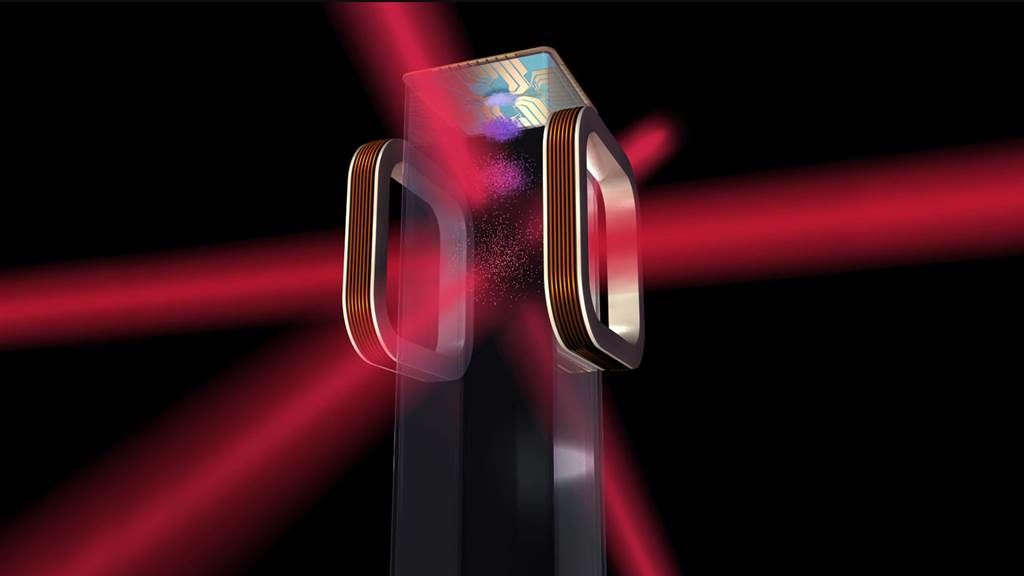

Super-Kamiokande (or “Super-K” as it’s sometimes referred to) is a neutrino detector. Neutrinos are sub-atomic particles which travel through space and pass through solid matter as though it were air.
Studying these particles is helping scientists detect dying stars and learn more about the universe. Business Insider spoke to three scientists about how the giant gold chamber works — and the dangers of conducting experiments inside it.
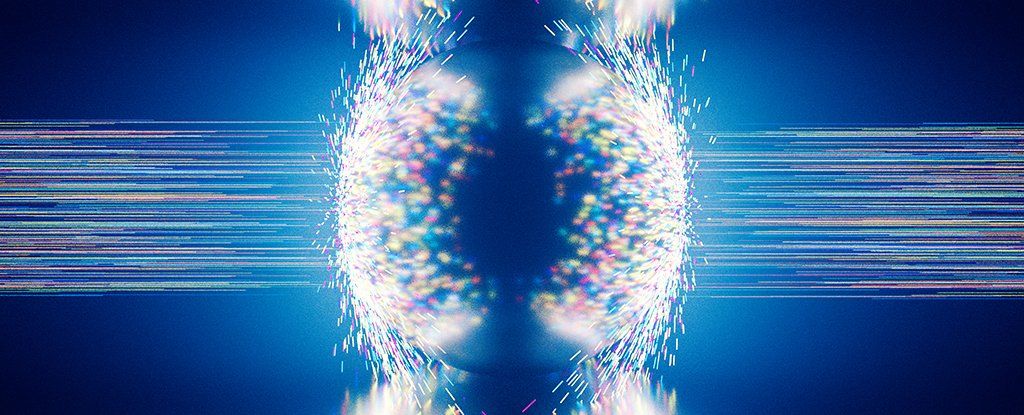
A group of physicists are questioning our understanding of how quarks — a type of elementary particle — arrange themselves under extreme conditions. And their quest is revealing that elements beyond the edge of the periodic table might be fair weirder than we thought.
Deep in the depths of the periodic table there are monsters made of a unique arrangement of subatomic particles. As far as elements go, they come no bigger than oganesson – a behemoth that contains 118 protons and has an atomic mass of just under 300.
That’s not to say protons and neutrons can’t be arranged into even bigger clumps and still remain somewhat stable for longer than an eye blink. But for all practical purposes, nobody has discovered it yet.
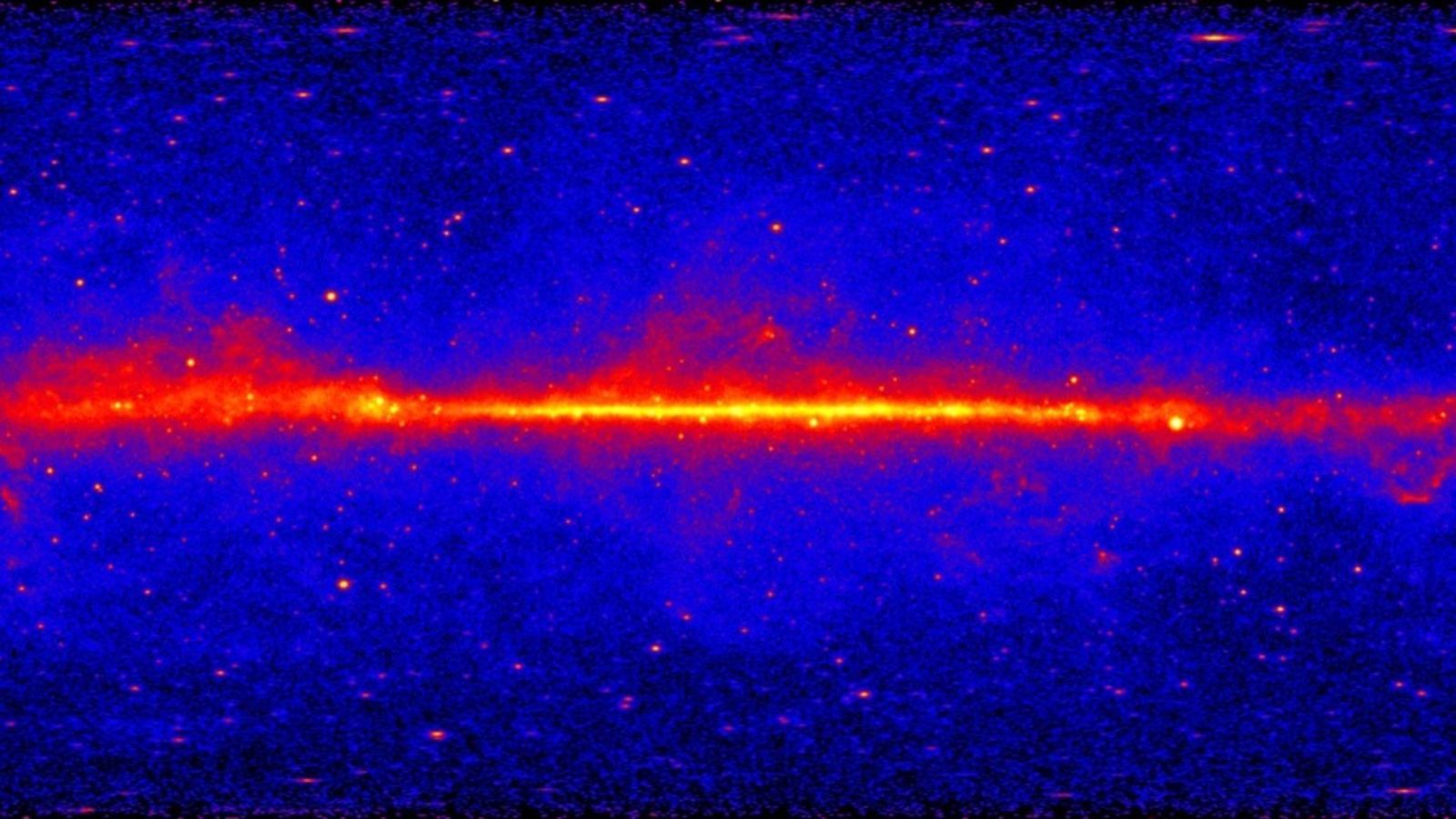
Your smartphone has a particle detector on it, and scientists want you to help them uncover how the universe really works and maybe even discover the true nature of dark matter. There are just a few bugs to work out.
High-energy particles from space, called cosmic rays, constantly bombard the Earth. There are all sorts of things we might be able to learn about the universe by studying those particles. We’ve previously discussed high-tech, expensive equipment used to monitor them. But the physicists behind a new project want your smartphone to help gather data on these cosmic rays, hopefully revealing new insights into dark matter and other strange phenomena.
“This project can only be successful with a large number of people,” Piotr Homola, associate professor at the Institute of Nuclear Physics at the Polish Academy of Sciences, told Gizmodo. “We need public engagement on an unprecedented scale.”

The way that electrons paired as composite particles or arranged in lines interact with each other within a semiconductor provides new design opportunities for electronics, according to recent findings in Nature Communications.
What this means for semiconductor components, such as those that send information throughout electronic devices, is not yet clear, but hydrostatic pressure can be used to tune the interaction so that electrons paired as composite particles switch between paired, or “superconductor-like,” and lined-up, or “nematic,” phases. Forcing these phases to interact also suggests that they can influence each other’s properties, like stability – opening up possibilities for manipulation in electronic devices and quantum computing.
“You can literally have hundreds of different phases of electrons organizing themselves in different ways in a semiconductor,” said Gábor Csáthy, Purdue professor of physics and astronomy. “We found that two in particular can actually talk to each other in the presence of hydrostatic pressure.”

By jan mcharg, texas A&M university college of engineering
A new technology combining a laser beam and a particle beam for interstellar propulsion could pave the way for space exploration into the vast corners of our universe. This is the focus of PROCSIMA, a new research proposal by Dr. Chris Limbach and Dr. Ken Hara, assistant professors in the Department of Aerospace Engineering at Texas A&M University.
NASA has chosen the proposal “PROCSIMA: Diffractionless Beam Propulsion for Breakthrough Interstellar Missions,” for the 2018 NASA Innovative Advanced Concepts (NIAC) phase 1 study. PROCSIMA stands for Photon-paRticle Optically Coupled Soliton Interstellar Mission Accelerator, and is meant to evoke the idea that interstellar travel is not so far away.
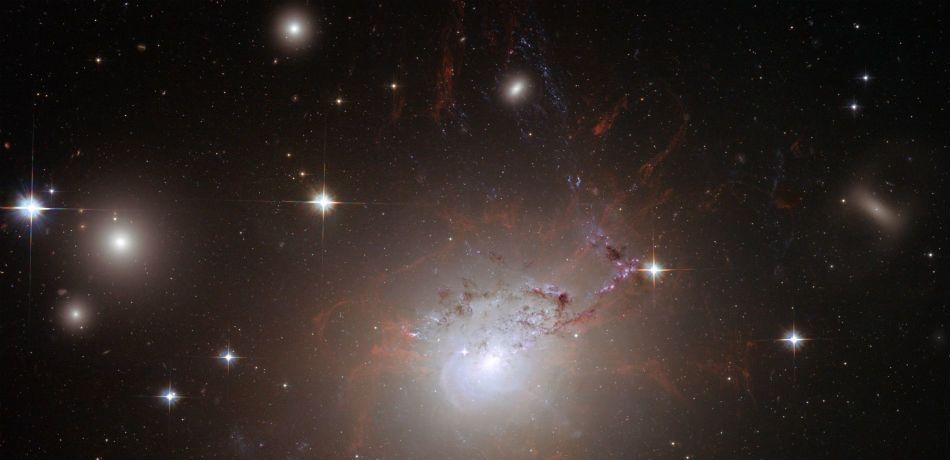
Scientists have determined the minimum amount of crew members needed for a 6,300-year journey to Proxima b.
A team of French scientists have recently published a new study detailing everything that would be needed if humans were to one day make the long interstellar journey to Proxima Centauri to start a new life and civilization. The research went to great lengths to determine the correct amount of people that would ensure a successful voyage to Proxima b.
The study was conducted by particle physicist Dr. Camille Beluffi and Dr. Frederic Marin from the Astronomical Observatory of Strasbourg and marks the second study conducted on such an interstellar journey to Proxima b, as ScienceAlert reported.
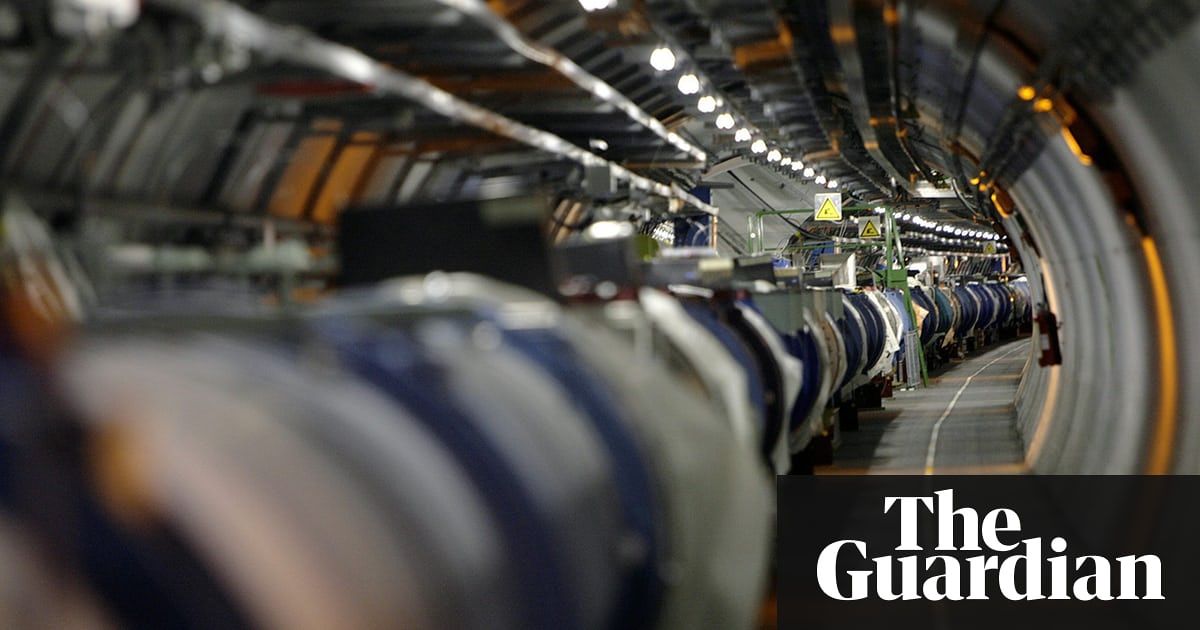
Collider will be far more sensitive to anomalies that could lead to entirely new theories of the universe.
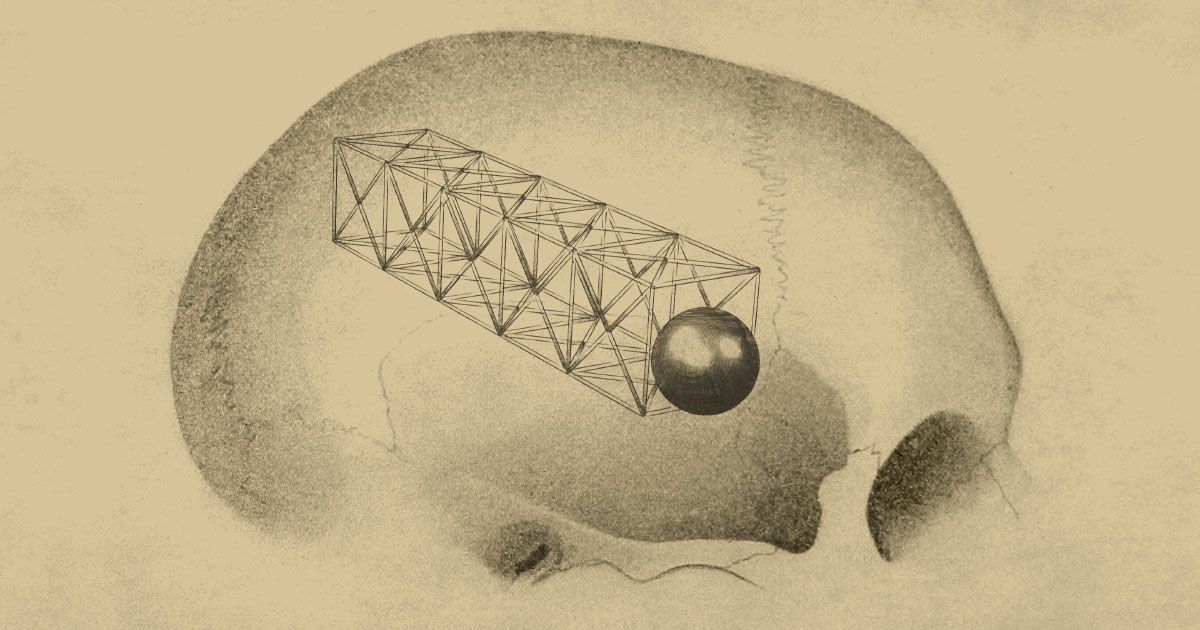

This ancient interstellar dust formed the Earth and the solar system.
Particles collected from Earth’s upper atmosphere, originally deposited by comets, are older than our Solar System, scientists say – and these fine bits of interstellar dust could teach us about how planets and stars form from the very beginning.
These cosmic particles have lived through at least 4.6 billion years and travelled across incredible distances, according to the new research into their chemical composition.
The international team of scientists behind this study are confident that we’re looking at the very basic materials making up the planetary bodies currently whizzing around our Sun. For anyone studying the origins of the Universe, it’s a fantastic finding.